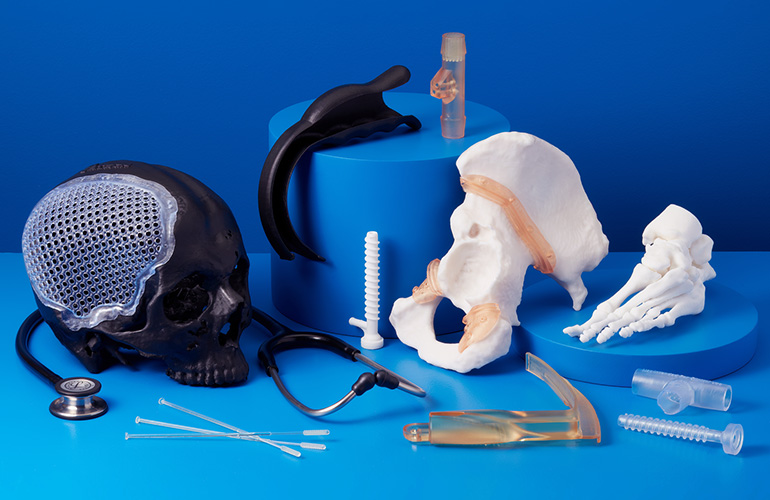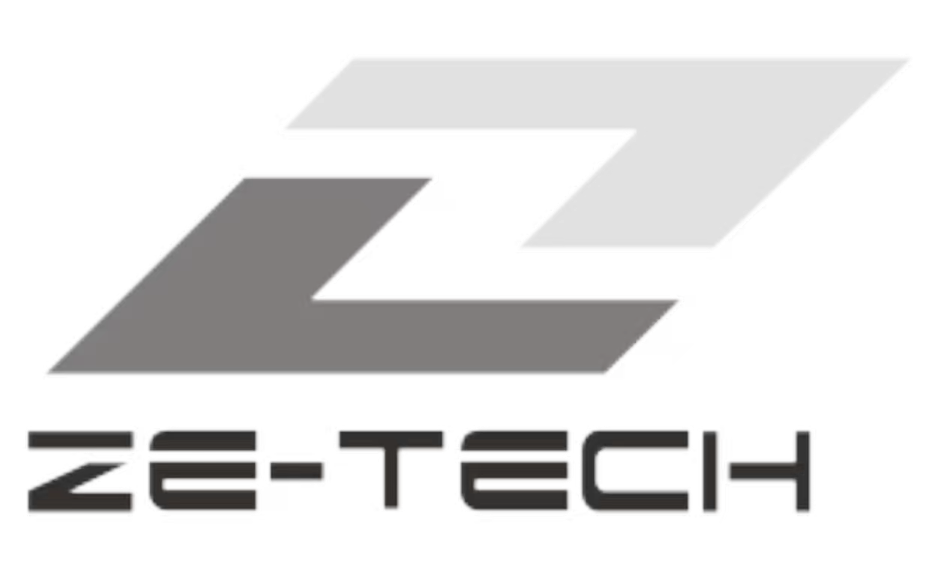3D printing has transformed modern manufacturing, enabling rapid prototyping, small-batch production, and complex geometries that were once impossible. However, one of the most critical decisions in additive manufacturing is selecting the right 3D printing material for your application. Choosing incorrectly can result in weak parts, poor surface finish, or excessive costs.
In this blog, we’ll guide you through material types, key considerations, and provide a quick reference table to match materials to applications.
Key Considerations When Choosing a 3D Printing Material
When selecting a material for 3D printing, consider the following factors:
- Mechanical Properties – Strength, flexibility, and impact resistance are essential depending on whether the part is structural, decorative, or functional.
- Thermal Stability – Some materials deform at high temperatures; others withstand heat without losing integrity.
- Surface Finish – Smooth finishes may be crucial for aesthetic applications or post-processing.
- Cost & Availability – Some materials are expensive or harder to source, impacting production scalability.
- Post-Processing Needs – Some materials require additional steps like curing, sanding, or chemical treatment.
- Application Environment – Exposure to moisture, UV light, or chemicals may require specific materials.

Common 3D Printing Materials and Their Applications
| Material | Key Properties | Common Applications | Pros | Cons |
|---|---|---|---|---|
| PLA (Polylactic Acid) | Easy to print, biodegradable, low warping | Prototypes, concept models, decorative items | Affordable, minimal warping, good surface finish | Low heat resistance, brittle |
| ABS (Acrylonitrile Butadiene Styrene) | Strong, slightly flexible, higher heat resistance than PLA | Functional parts, automotive components, enclosures | Durable, impact resistant | Warps easily, requires heated bed, emits fumes |
| PETG (Polyethylene Terephthalate Glycol) | Strong, slightly flexible, chemical resistant | Functional prototypes, mechanical parts | Durable, low shrinkage, chemical resistant | Slightly tricky to print, stringing issues |
| Nylon (Polyamide) | High strength, flexible, wear-resistant | Gears, hinges, industrial components | Excellent durability, impact resistant | Hygroscopic (absorbs moisture), requires high print temps |
| TPU / TPE (Thermoplastic Elastomers) | Flexible, elastic | Seals, gaskets, wearable devices | Flexible, impact resistant | Slower printing, requires optimized printer settings |
| Resins (Standard, Tough, Flexible, High-temp) | High resolution, variety of properties depending on resin | Jewelry, dental, engineering prototypes | Excellent detail, smooth finish | Post-processing required, brittle (for standard resin) |
Tips for Selecting the Right Material
- Match material properties to part function – Don’t overengineer a decorative piece with a high-performance material.
- Consider environmental exposure – For outdoor use, UV-resistant or weatherproof materials are preferred.
- Evaluate printer capabilities – High-temperature filaments like Nylon require specialized printers.
- Balance cost and performance – Sometimes a cheaper filament can achieve your goals with proper design adjustments.
- Test prototypes – Always print a small sample to evaluate material behavior before full production.
Conclusion
Selecting the right 3D printing material is a crucial step in ensuring your part meets mechanical, thermal, and environmental requirements while staying cost-effective. By understanding material properties, applications, and limitations, you can maximize the performance and longevity of your 3D-printed parts.
What We Offer at Ze-tech Mold
At Ze-tech Mold, we provide end-to-end manufacturing services, including:
- CNC Machining & Turning
- 3D printing prototype
- sheet metal fabrication
- silicone vacuum casting
- Rapid Injection molding
- surface treatments
- PCB & PCBA
Whether you’re looking for precision CNC parts or custom prototypes, we provide tailored solutions for both low-volume and large-scale production. Get in touch with us today to discuss your project and see how we can bring your ideas to life.
